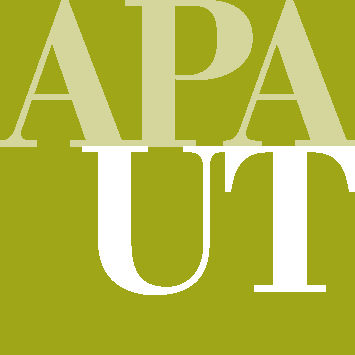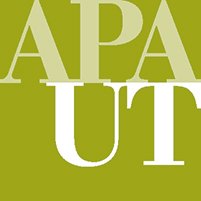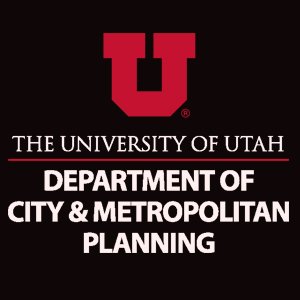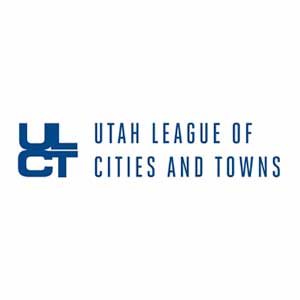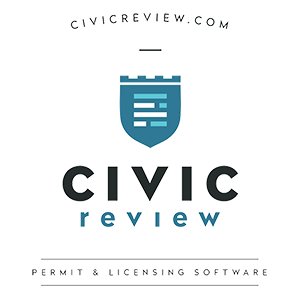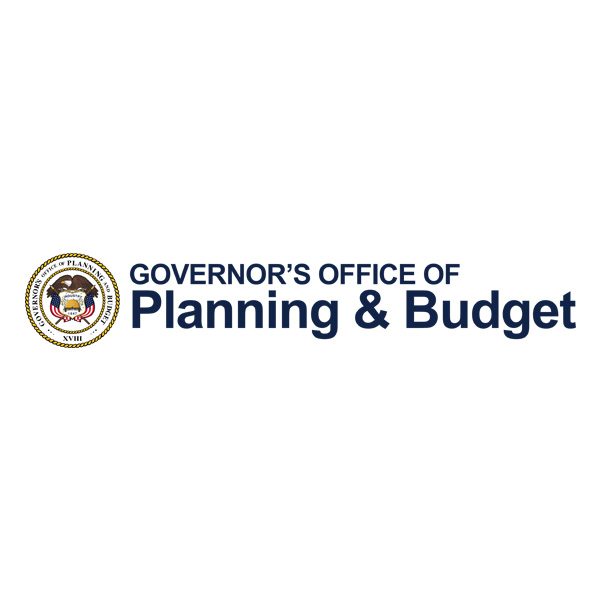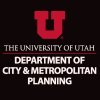The Importance of Planning in a Limited Resource Environment.
December 23, 2019 by admin
Planning News
I would like to share one of my favorite plot devices to storytelling and lessons that it teaches to planning. Some of my favorite movies create a natural tension in the plot by using the limited availability of resources as a plot point. The heroes of the story must overcome some great foe with diminished time and materials, or the story is created by searching for more resources in which to overcome the antagonist of the story. The stories usually climax at point when it seems that the available resources are stretched to the breaking point. Really good stories have several peaks that make each time feel like there is no way to go on with the time or the resources that are on hand. These stories feel more relatable (at least to me,) because that plot point of diminished time and resources is one that all of us can relate to.
In the world in which we exist, the restrictions that are placed on communities by the diminished amount of time and money that are available create a natural tension as well. It forces communities to make decisions about how to best utilize what is available and make strategic investments that will yield the maximum benefit. In order to make these decisions, communities have to decide how to make the decisions. I know it seems redundant to put it that way but consider the following example. Communities that spend their time only reacting to problems such broken water lines and nuisances that spring up in the community are in fact making a choice about how to spend their time and resources. These communities are reactive, and that reactivity in costly in terms of time and money. Its is always cheaper and easier to replace a water line on a scheduled basis then on a reactive basis. It is always easier and safer, legally speaking, to create an ordinance that prevents a nuisance from springing up in a neighborhood, after said nuisance has already started growing. These and other examples cause communities to expend precious resources in a way that can not always be guaranteed to produce the best results for the community it the long run. As costs go up and available resources go down, communities will inevitably be forced to make decisions that could affect the quality of life of its residents.
Thus, making the decision to be proactive, communities can address problems on its own terms. The next step then is to create a workable series of actions that can take decisions that have been made and generate maximum value. Bringing the unknowable to a controllable state and creating something that can bring structure to the inevitable problems that will arise. These actions are at the heart of planning. By doing this, a community can create assurances for itself that the community’s precious resources will be expended in the most economical and value creating way possible. In finishing, I’d like to quote Alan Lakein, “Planning is bringing the future unto the present so that you can do something about it now.”
Recent News
- » Planning In The News: Will Utah home prices drop as a result of the ‘silver tsunami’?
- » 2024 APA UT Spring Conference: Cedar City, UT. The Call For Sessions is Currently Open.
- » Planning in the news: Living in Daybreak- What residents say the Utah community is really like
- » Planning In The News: Planning Commission green lights proposed ban on gas stations near waterways and parks
- » As states argue over who should cut their Colorado River use, a new plan puts the environment first
- » Developer planned the demolition of the historic Fifth Ward meetinghouse
- » Long-awaited ‘River Tunnel’ at SLC Airport gets sneak peek
